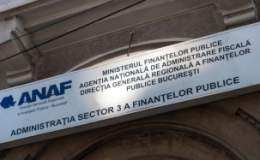JPMorgan Chase & Co said on March 16 it would acquire rival Bear Stearns, paying 2 US dollars per share or 236 million US dollars, a bargain-basement price for the American investment bank trapped by financial crisis.
The takeover, which was fully approved by Federal Reserve, American central bank system and by Ministry of Finance, highlights the risks that American banks and financial companies are dealing with in the midst of a deepening subprime crisis.
The bid - which marks an over 90% discount to Bear Stearns’ market capitalization as of Friday – raises questions on the real value of Wall-Street banks.
Few minutes after the announcement, the Federal Reserve said it would cut the lending rate to banks, however this decision failed to calm investors.
JP Morgan bought Bear Stearns with guarantees that Fed will bear losses of up to 30 billion dollars. It was the first move of long chain of events to come. Although the initial price was 2 dollars per share, the deal was closed at a price 10 dollars higher, explained Tony Romani to Wall-Street.
“Even so, that price marked a 90% discount to the 2007’s all-time high. Although the shareholders did not agree at that time, the fact that Bear Stearns was the first fatality of the crisis was a major advantage. If Lehman Brothers was the first casualty and Bear Stearns the second, the history would surely be another. The market was shocked, the default swaps credits skyrocketed that day, whereas things calmed down pretty fast, because JP Morgan took over all the obligations. Nothing could herald the dramatic events that were ahead”, said Tony Romani.
September 7 – Fannie Mae and Freddie Mac lenders are nationalized
In early September, the American government took over the control over the two mortgage giants, the most important players of the United States’ housing market, as the rising mortgage delinquencies registered by the two lenders sponsored by the government, stops them from completing their mission to shore up the housing market safely.
“A failure of Fannie Mae or Freddie Mac would cause a major crisis in financial markets, both in United States and in other countries”, said Henry Paulson, the Treasury Secretary, explaining the reasons of the measures taken by the government.
Tony Romani says the takeover of Fannie Mae and Freddie Mac by the government was expected.
“The two mortgage lenders had their board appointed mostly by the president of the country, and they always benefited of a silent support from the state. This thing was clear due to the risk of their loans, which were riskier than in any other corporation. The failure of the two lenders would have been a global cataclysm therefore it had to be avoided. The market didn’t know the moment when the government would intervene and this uncertainty triggered panic waves. The aftereffects were not long awaited.
September 15 – Bank of America has agreed to acquire Merrill Lynch for 50 US dollars billion transaction to avoid a worse financial crisis, while Lehman Brothers filed for Chapter 11 bankruptcy protection.
The bankruptcy, which marks the end of 158-years old lender that managed to overcome the two world wars and the collapse of Long-Term Capital Management, it failed to withstand the pressure of the crisis.
Lehman Borthers’ bankruptcy is by far the biggest in the history of United State, the lender holding assets six fold larger than WorldCom telecommunication operator when it filed for bankruptcy protection in 2002.
Capital markets fell sharply that day, as a response to Lehman Brothers’ plan to halt trading operations.
“That week was dramatic for the market. All became a nebula and only one word could describe what was happening: “PANIC”. Everybody hoped to be found a solution for Lehman Brothers, or that Tim Geithner (governor of Federal Reserve in New York and the future ministry of finance of Obama’s administration) would intervene to save a noted institution such as Lehman Brothers. It seems that this thing would have been possible only if the Central Bank of England had accepted to participate in the rescue plan. However, this didn’t happen, and the bankruptcy was the only way. The year’s most devastating incident of the market, namely the fall of Lehman Brothers, led to rising problems in the financial systems across the globe”, said the banker.
American Federal Reserve buys AIG giant
Federal Reserve had approved the 85 billion US dollars bailout of AIG, which gave the US Government a roughly 80% stake in the insurer.
“The amount for AIG bailout rose to 150 billion afterwards. Some completely stupid risk management decisions have created an invisible abyss under the giant insurer. Providing policies that secured investors in the event of a writedown, AIG woke up suddenly in the midst of a huge wave of losses that had to be paid immediately. Due to the high number of policies, AIG’s fallout would have entailed the bankruptcy of many other smaller institutions. Therefore, AIG’s bailout, was indirectly a bailout of many other players of the capital market,” Romani explained.
The decision, which came two months after the nationalization of Fannie Mae and Freddie Mac mortgage giants, is the most radical intervention in private sector ever made by the central bank, and it is designed to prevent a global financial crisis.
Citeste si:
Calculator Salariu: Află câți bani primești în mână în funcție de salariul brut »
Te-ar putea interesa și:

































































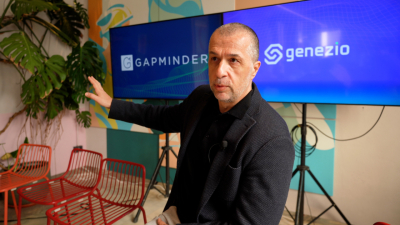

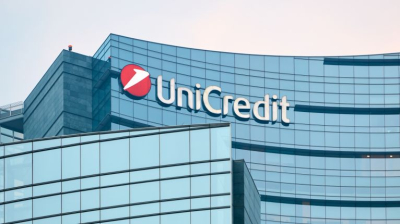




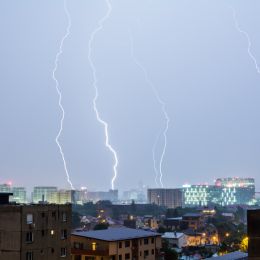

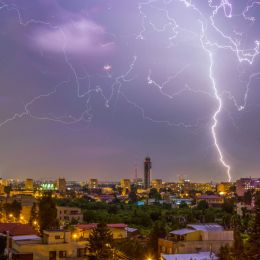








![HR [PLAY] Tech Workout - 11...](https://www.wall-street.ro/image_thumbs/thumbs/973/973fe0a3888d417feff63de42e814180-260x260-00-65.jpg?v=1713581972)



